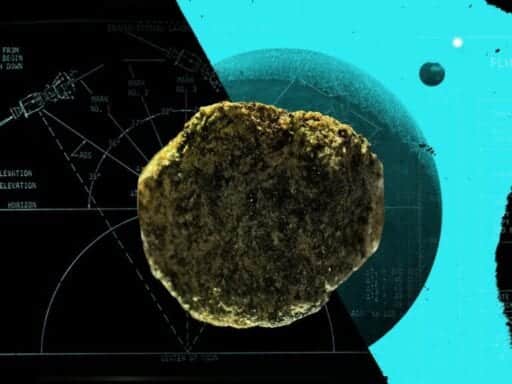If we collect more moon rocks, we could unlock secrets about the Earth, the moon, and the solar system.
According to NASA, “We are going to the moon, to stay, by 2024.”
Whether or not that’s true remains to be seen. But if we do go by 2024, it could cost us upward of $30 billion. That could buy you a lot here on Earth: it’s a little more than Paris is spending on 68 new subway stations and four totally new subway lines. It’s a lot more than we spend globally each year on clean energy research and development.
So…is a trip back to the moon worth the money? On this episode of the Future Perfect podcast, we dig into that question.
We talk to lunar geologists about what we’ve already learned from the moon and what’s left to discover.
Then, we take a trip, not through space but through time — back to a scientific expedition in Greenland almost a century ago. Back then, it was impossible to understand the value of the science being done. But it has since proved to be an important first step toward our current understanding of global warming.
Read more
- Brian Resnick wrote an in-depth explainer on moon rocks.
- Jon Gertner’s book, The Ice at the End of the World, tells the story of Greenland expeditions and their legacies in much more detail.
- This National Geographic article is a great place to get more information on ice-coring.
Sign up for the Future Perfect newsletter. Twice a week, you’ll get a roundup of ideas and solutions for tackling our biggest challenges: improving public health, decreasing human and animal suffering, easing catastrophic risks, and — to put it simply — getting better at doing good.
Author: Byrd Pinkerton
Read More



